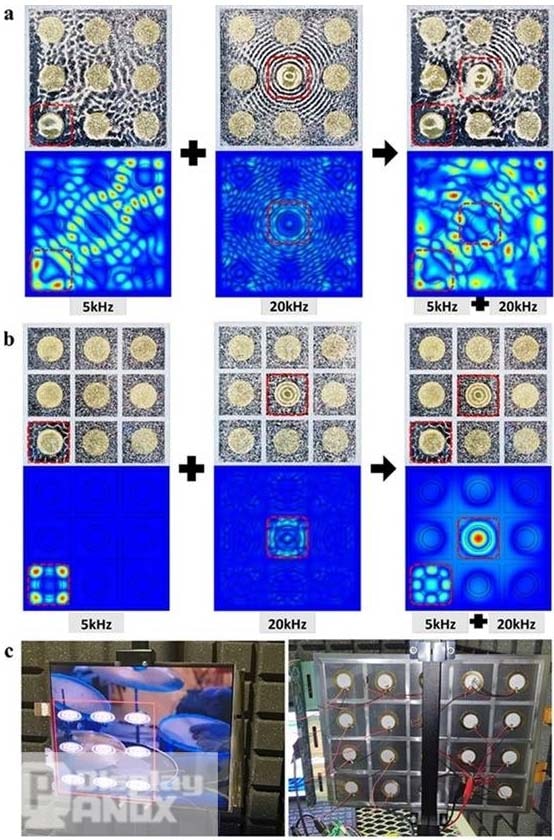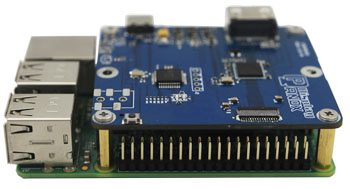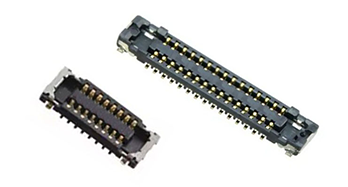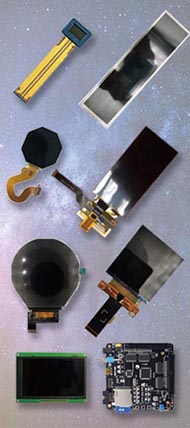Researchers at POSTECH (Pohang University of Science and Technology) in South Korea have developed the world’s first pixel-level sound-emitting OLED display panel, marking a significant leap in combining visual and audio functions in a single screen.

Led by Professor Su Seok Choi and PhD candidate Inpyo Hong from POSTECH’s Department of Electrical Engineering, the team successfully created an OLED screen where each pixel functions as an independent sound emitter. Their findings, published in Advanced Science, pave the way for ultra-slim display systems that also serve as built-in speaker arrays—eliminating the need for external audio components.
How OLED Sound Works
This innovation integrates ultra-thin piezoelectric actuators into the OLED display panel, transforming the screen itself into a full multi-channel sound system. Unlike traditional setups that rely on bulky speakers or vibrating units, this method retains the sleek, lightweight nature of a small OLED display while delivering accurate, localized audio output.
The team demonstrated this with a 13-inch OLED prototype—roughly the size of a tablet or laptop. Each pixel is equipped with a microscopic piezoelectric unit that converts electrical signals into mechanical vibrations, producing sound directly in sync with the on-screen visuals.
The Benefits of OLED Just Got Bigger
While the benefits of OLED have traditionally focused on color richness, high contrast ratios, and energy efficiency, this new advancement adds high-fidelity sound delivery to the list. These next-gen OLED benefits mean users can enjoy immersive audiovisual experiences with fewer components and less design complexity.
A Game-Changer for Immersive Tech
As display resolution, brightness, and visual fidelity improve, users increasingly demand synchronized, immersive audiovisual experiences. POSTECH’s pixel-level sound tech removes the need for additional speakers, enabling elegant and compact designs for small OLED display-based devices like smartphones, VR Applications, and in-car entertainment systems.
The key innovation lies in highly localized audio control. Each sound-emitting pixel operates independently, with advanced noise-cancellation to reduce crosstalk. This enables pinpoint spatial sound—perfect for 3D audio and customizable listening zones.

Practical Applications of Sound OLED
This breakthrough opens new design possibilities across industries:
In automotive displays, different sound zones can serve drivers and passengers simultaneously.
In VR/AR, the screen itself can generate immersive sound without bulky headphones.
In portable devices, speaker grills may become obsolete, enabling even thinner product designs.

The Future of Audio-Visual Integration
“This innovation redefines what a display can be,” said Professor Su Seok Choi. “Screens are evolving from purely visual interfaces into complete sensory platforms. By uniting sound and visuals, we’re creating the future of high-performance, compact electronics.”
With sound-emitting OLED pixels, the benefits of OLED now extend beyond stunning visuals—encompassing precise, integrated audio as well. This technology sets the foundation for the next generation of multi-sensory, space-saving electronic devices.
















